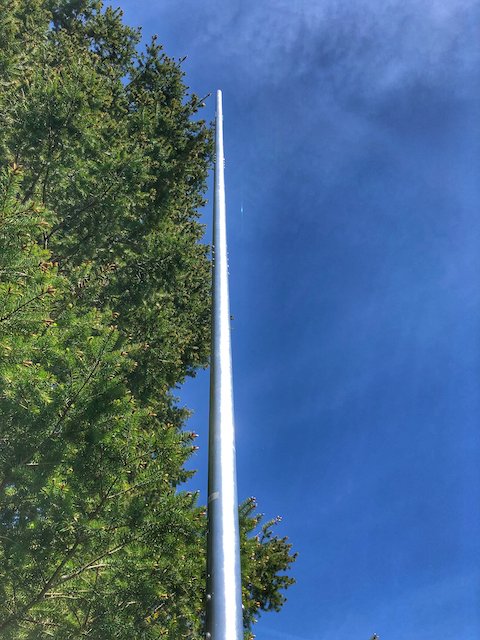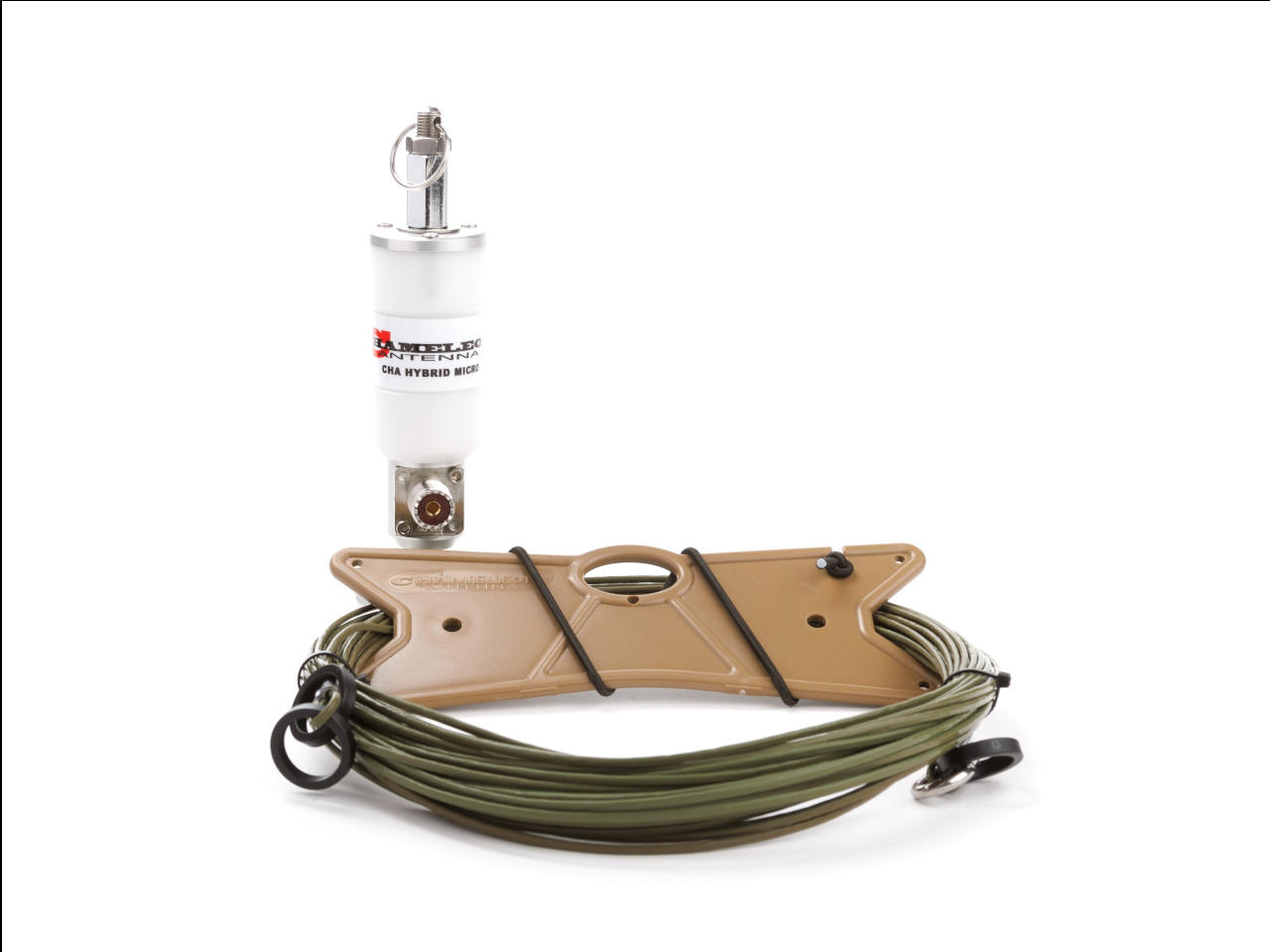OK, so I bit the bullet (so to speak...) and purchased an Icom IC-7300 as my HF Base Station. It's linked to a Buckmaster 7-band OCFD which I have suspended about 35ft up in the trees next to the end of the house..
For 2m/70cm, I purchased the Yaesu FTM-400XDR. That is connected to a Diamond X300A, which is on a 10ft pole mounted on the end of the house.
Also on the end wall is the Laird FG4607 for my GHMRS rig.. - also on a 10ft pole.
Each of the three antennas' feedlines enters the house via an appropriate surge protector mounted on a grounding bar.
Two new grounding rods have been inserted outside - one at base of the end wall where the antennas are located, and the other grounding rod has become the new house Grounding point - which is bonded to the existing house ground. A qualified electrician took care of this part.. Grounding rods are bounded together and the antennas' surge protectors' separate grounding bar is also bonded to the antenna grounding rod.
All radios, and associated equipment have grounding wires attached and go to a grounding bar in the radio room (office...) which in turn is bonded to existing electrical ground.
Many thanks to Bill (WA0CBW) who spent a couple of phone sessions with me to ensure that I hadn't overlooked anything..!
I'm enjoying reaching out to 2m repeaters over 50 miles away, and 70cm repeaters 30 miles away...
I have only just started getiing to know the 7300, and am enjoying listening-in to other Hams on 80m, 40m, 20m, 10m, and 6m. I have 'established comms' with a fellow Ham on 6m and am getting excellent signal quality for both TX and RX. It seems to be a very nice piece of equipment..
The project started as a GMRS base station idea, possibly going down the GMRS Repeater route, but I got deflected off the original course towards getting my Technician License and thus veering towards the Ham bands.
In the meantime I discovered a fellow Ham who is also interested in GMRS. He has a small Retevis GMRS Repeater which he has just relocated to higher up the hill where he lives. The range now reaches 10-15 miles (in directions where little gets in the way...) so my idea for my own GMRS repeater is now somewhat redundant.
However with the Laird FG4607 now up and running, it means that I can also reach another GMRS repeater ~15 miles away which has a massive footprint - depending on terrain, it gets out to over 40miles, which is pretty impressive..

greylineperformance.com


